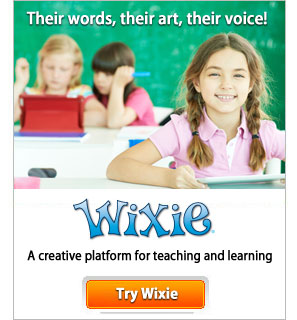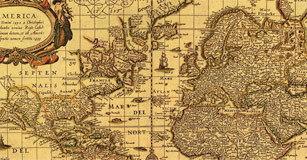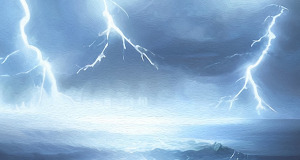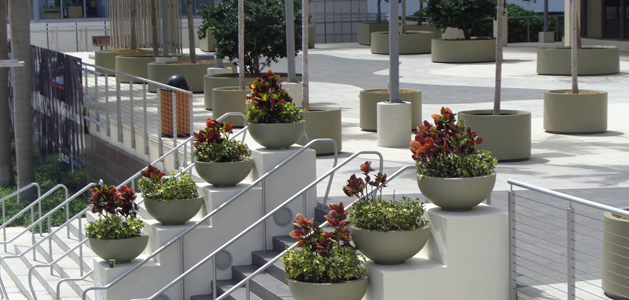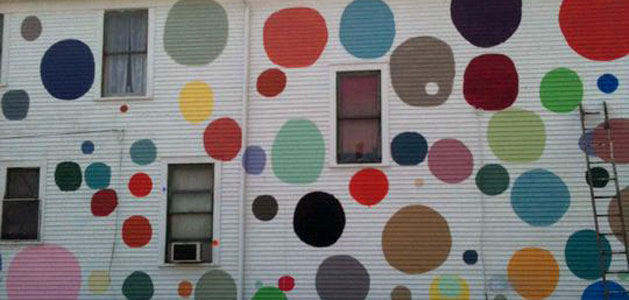Math Terminology
Students will connect math terms with the world around them.
Apps: Wixie®
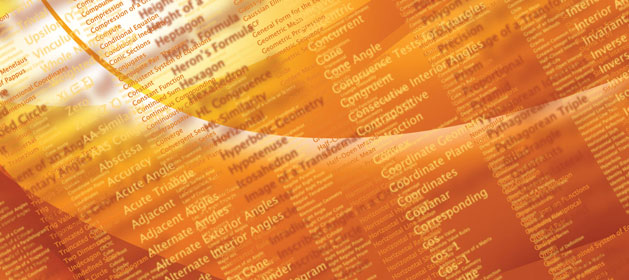
Task
You have been asked by the Didactic Book Company to submit a proposal for an online dictionary that teaches math terminology using the alphabet. Because of your extensive knowledge of math terms, compiling a thorough list of terms you propose for your dictionary should be a snap. Your work on this project will help students nationwide understand important math vocabulary so they can do better in school.
Engage
When students are asked to take a standardized test, they often encounter unfamiliar terminology. This activity is designed to help them. Collaborating with the Language Arts teacher to explore how context clues skills help a reader determine the meaning of words will be helpful for students as they encounter unfamiliar or challenging terminology.
Remind students that thousands of words and expressions pertain to math. For example, we use the abbreviation MPH (miles per hour) to measure speed. Discuss symbols used in mathematics and how they can be included as math words. For example, x is a symbol used to mean multiply or used in equations to represent a variable.
Work with your class to create a word wall of math terms they already know. In small groups, have students brainstorm basic math terminology. Have them write the math terms on one index card and the definitions on a separate index card. Use the index cards as a matching game for students who don’t know the basic terms. Post the words and definitions together to create a math word wall.
Bring math-related objects (realia) to class to help students come up with even more terms they know. You might share geometric shapes, formulas, manipulatives, and measuring tools, such as a liter container, meter stick, tangrams, graph paper, and number lines.
As you describe each object, use terminology that is both familiar and unfamiliar to the students. Ask students to write down words that are unfamiliar to them. Make sure to include geometry words, formula words, measurement words, number sense words, and logic and probability words. When you’re finished, review the unfamiliar words with your students and have them create cards to add to the word wall.
Create
Group students together into small teams. Have each team develop a list that includes a math term for every letter of the alphabet. After they have most of their list completed, provide examples of additional terms they might use.
Encourage students to use the terms from the word wall as well as new terms they find in the glossary of your math text. You could offer extra credit for using words that are not on the class list.
Share an example that includes the elements that each dictionary page should feature: a title, including the term; the definition; the word used in a sentence; and an image depicting the term.
Before working on the computer, or as homework, have team members write three sentences for each letter:
- ___ is for _________. (for example: A is for area).
- The definition of the math term.
- A sentence that describes the image and uses the math term in context.
Next, have each team create, capture, or locate an image that explains, or helps them remember, the definition for each math term. They can use the painting tools in Wixie to create their own image, use a digital camera to capture images they find in the world around them, or search in the library for clip art, photos, and images from Pics4Learning.
As they create and collect images and save them into their team project folder, make sure students name the images beginning with the letter of the term corresponding term.
Share
When the dictionary is finished, each team should present their product to the rest of the class. This will help everyone review the terminology. You may want to have the class work together to choose the best terms from each team’s project to create a whole-class dictionary.
Before students present, you may want to remind them that the format of their presentation should be a sales pitch to the book company "hiring" them to create the terminology dictionary.
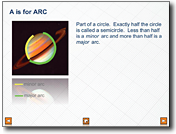
Assessment
As the project progresses, ensure that students are choosing words slightly above their level and are choosing relevant photos and illustrations that will help them make connections to the real-world application of the math terms.
Each team’s oral presentation of their dictionary and the sentences they wrote will also indicate their fluency with the terminology.
If you require the storyboard to be written before the structure of the project is designed, you can assess the writing before the dictionary is complete.
Resources
Schwartz, David M. G Is for Googol: A Math Alphabet Book ISBN-10: 1883672589.
Math Words mathwords.com
Math.com https://bit.ly/cyWSk7
Standards
Common Core Anchor Standards for English Language Arts - Grade 6-12
Writing, Text Types and Purposes
2. Write informative/explanatory texts to examine and convey complex ideas and information clearly and accurately through the effective selection, organization, and analysis of content.
Common Core Standards - Math
Apply geometric concepts in modeling situations.
Grade 7-G:
2. Draw geometric shapes with given conditions.
Grade 8-F:
Define, evaluate, and compare functions.
High School G-MG:
1. Use geometric shapes, their measures, and their properties to describe objects.
ISTE NETS for Students 2016:
6. Creative Communicator
Students communicate clearly and express themselves creatively for a variety of purposes using the platforms, tools, styles, formats and digital media appropriate to their goals. Students:
a. choose the appropriate platforms and tools for meeting the desired objectives of their creation or communication.
b. create original works or responsibly repurpose or remix digital resources into new creations.
c. communicate complex ideas clearly and effectively by creating or using a variety of digital objects such as visualizations, models or simulations.
d. publish or present content that customizes the message and medium for their intended audiences.



